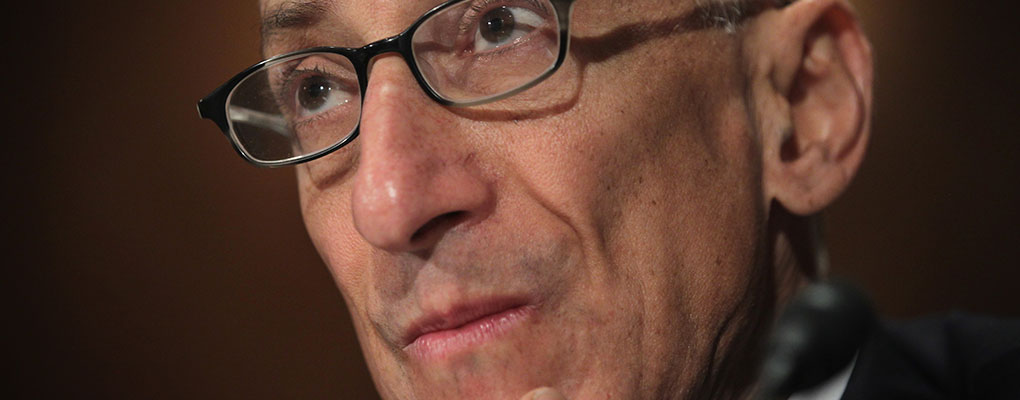
Concern about the potential disruption by the use of algorithms in trading has forced regulators in the US to decide how best to rein in such automated trading. On November 24, 2015, the Commodity and Futures Trading Commission released a proposal outlining how it plans to regulate automated traders.
The US regulator also outlines that automated traders “must implement standards for development, testing and monitoring
The need for new regulation was underpinned by CFTC chairman Timothy Massad, who noted at the that CFTC open meeting commission, where the new regulations were announced that “over the last few years, more than 70 percent of all trading has become automated.” While he pointed out that automated trading had brought a number of benefits to markets, he also noted that it had been the cause of a number of market mishaps, most infamously the 2010 Flash Crash. Therefore, “the Commission,” had been forced to take a “number of steps to respond to the development of automated trading in our markets.”
According to a fact sheet released by the CFTC, the agency is “is proposing a series of risk controls, transparency measures, and other safeguards to enhance the regulatory regime for algorithmic order origination and electronic trade execution on U.S. designated contract markets.” Massad noted that these new regulations would focus “on minimizing the potential for disruptions and other operational problems that may arise from the automation of order origination, transmission or execution.” Such problems “may come about due to malfunctioning algorithms, inadequate testing of algorithms, errors and similar problems.”
The “interconnection of markets and increased use of high-speed and algorithmic trading,” the CFTC noted, means that there is an increased need for pre-trade risk controls. These pre-trade risk controls include “maximum order message and execution frequency per unit time, [as well as] order price and maximum order size parameters”
The US regulator also outlines that automated traders “must implement standards for development, testing and monitoring,” which includes “the designation and training of algorithmic trading staff.” These standards require “keeping the development environment separate from the production environment; testing prior to implementation; a source code repository; real-time monitoring of such systems; and standards to ensure that systems comply with the Commodity Exchange Act and Commission regulations.” Traders must also submit regular compliance reports.
“No set of rules can prevent all such problems,” Massad argued. “But” he continued “that doesn’t discharge us from our duty to take reasonable measures to minimize these risks. It is our responsibility as regulators to create a framework that promotes the integrity of these markets. And I believe this proposed rule helps do that.”


